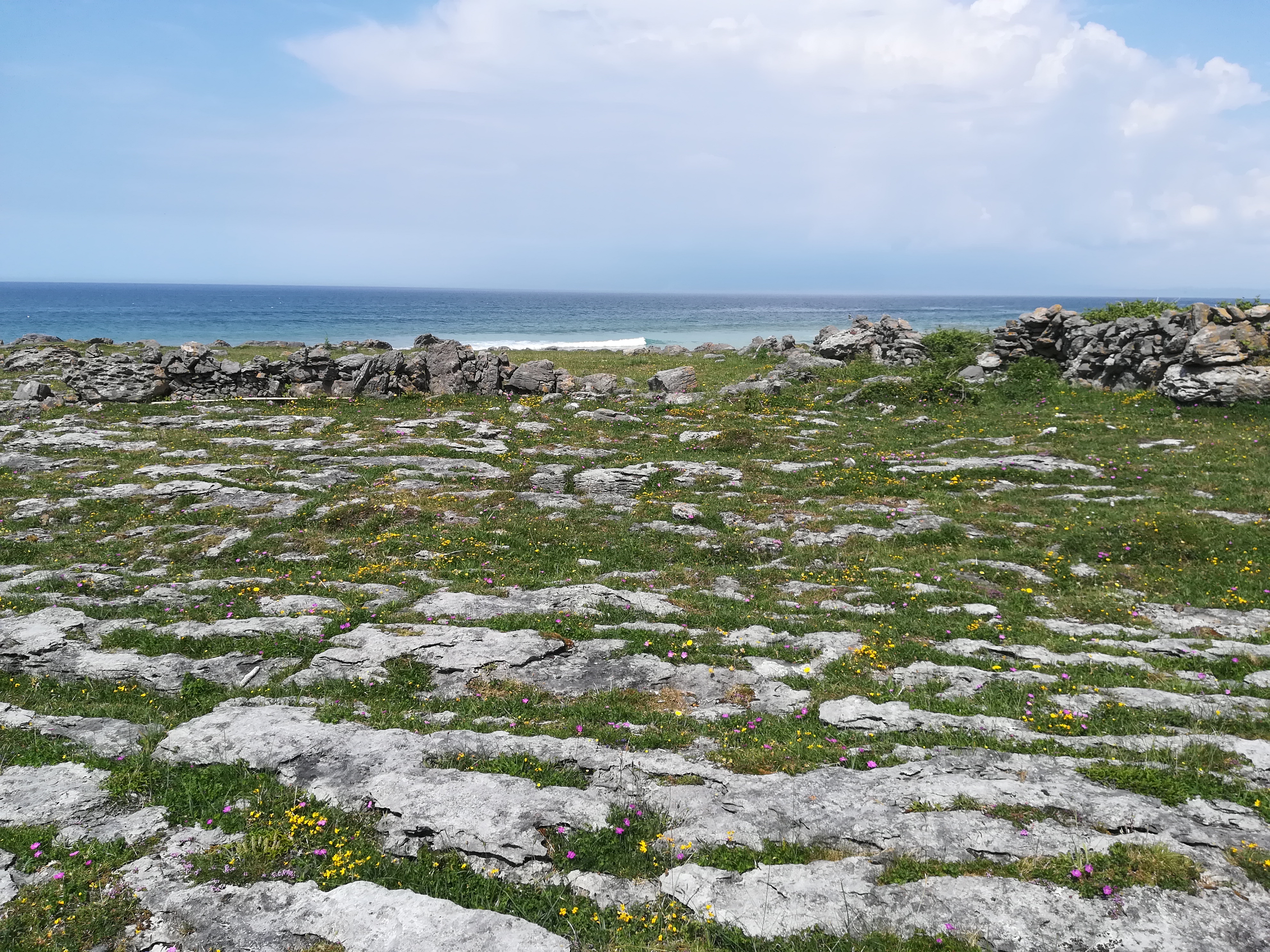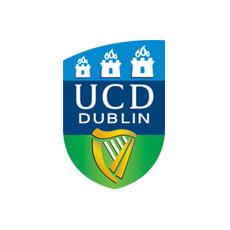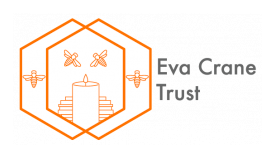
The Burren Region
The Burren region is located in County Clare in the West of Ireland. The name comes from the Irish word 'Boireann' meaning a rocky place. The Burren is botanically unusual with plants normally found in widely separate parts of the world (e.g. Arctic and Mediterranean) growing alongside each other. In addition, plants ordinarily associated with acidic conditions such as heathers grow abundantly on the Burren limestone while plants typical of woodland flora are grown in more open conditions. The Burren covers 1% of the land surface of Ireland but contains around 70% of Irelands approximately 900 native flowering species, many of which are endemic to this region. The Burren is largely a farmed landscape, where the practice of winter grazing and other agricultural practices contribute to the high biodiversity of the region (see the (opens in a new window)Burren Programme for more information). As well as the Burren National Park, large parts of the Burren have been designated a Special Area of Conservation under the EU Habitats Directive to protect this unique habitat.
Our Aim
While being well known as a region of high plant diversity, the Burren is also a National Hotspot for bee and pollinator diversity, which provides an opportunity to address important questions in pollination ecology. One way to get insight into these questions is to identify the pollen collected by bees and other pollinators. However, a barrier to using these methods is often comprehensive pollen reference library, which can help in the identification of pollen collected by bees and other pollinators. The aim of this project was to develop a comprehensive pollen reference collection of fresh pollen from the plants visited by bees and other pollinators in the Burren region, including both stained and unstained images of pollen from each species, and a list of key distinguishable features sourced from the literature. Although focussing on the Burren as a case study, this collection covers most of the plants commonly visited by pollinators in Ireland.
This website provides a database of the images of all the species collected in this project (204 in total). It also provides a search system which allows users to refine their search by key features of a pollen species, therefore making unknown pollen species easier to identify. The physical collection is housed within the School of Agriculture and Food Science at University College Dublin (UCD). We hope this collection will have broad applicability across the field of apidology, but also to the fields of archaeology, forensics and pollination ecology in Ireland and beyond.
Methods
This project began in spring 2017, with sample collection carried out throughout the summer of 2017 and 2018. Pollen samples of plant species from across the Burren were collected by removing anthers from flowers using clean forceps, and placing samples in tubes containing 70% IMS for preservation. To accurately identify plant species, contact was made with botanical experts around the Burren (see Acknowledgement). In total pollen from 225 plant species were collected over the two year period representing the majority of insect pollinated plants in the region.
The pollen from each sample was then mounted on microscope slides in glycerol jelly. Two preparations were made of each slide, one unstained and one stained with Safranin O The slides were then digitised, with videos and photographs taken of a grain-rich region of the slide to represent multiple focal planes.
The Images) were chosen which represented the main identifiable features of fresh pollen, and data on each feature was then collected from the literature, by using existing online databases such as PalDat and Pollen Wiki and also relevant scientific literature. These data were verified by cross-checking with multiple resources (minimum of two if possible), and then also compared with images from this collection and other images online. Where information on key features was missing from the literature, data were measured from images of pollen from both the Eva Crane Pollen reference collection and the Global Pollen Project. The final selection of key features is intended to make narrowing down candidate plant species easier using treatments and equipment common in the field of pollination ecology. With this in mind, we focused on features which can be accurately identified under these conditions. It should be noted that species level identification is rarely possible in this situation.
The full dataset is also available on figshare and can be cited as follows: Chadwick, F., Larkin, M., Cosnett, E., Barry, N., Shaw, A., Darcy, L. and Stanley, D. Eva Crane Pollen Reference Collection (Version 1). figshare. doi:10.6084/m9.figshare.9699185
Acknowledgements
This project was funded by a grant from the Eva Crane Trust to Dara Stanley (NUI Galway and then University College Dublin) and Fergus Chadwick (University of Glasgow). Thanks to the following people who worked on the project: Michelle Larkin, Liam Darcy, Emmeline Cosnett, Anant Shaw and Natalie Barry. FC and DS conceived of and designed the project. FC and ML collected samples in the field, FC, LD, EC made slides and digitised the collection, EC and NB collected data on pollen features, and AS developed the website. Thanks also to Sharon Parr, Stephen Ward, Phoebe O'Brien and Maria Long who helped with identification of plants.
Below are logos of our partners and funders, without whom this project wouldn't have been possible.


